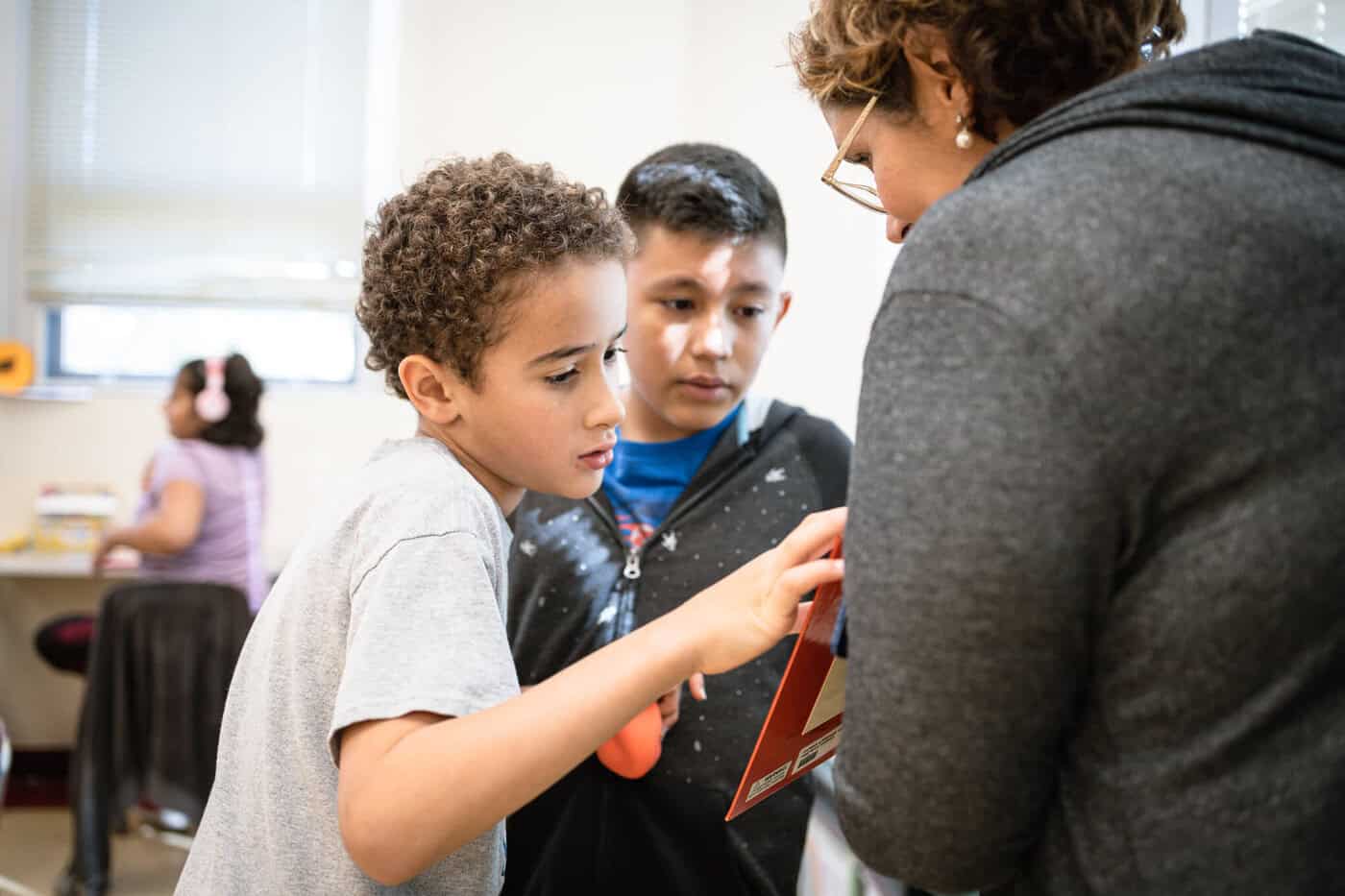As a neural disorder, autism changes the way a person’s synapses connect and organize information. Because of this, individuals on the autism spectrum often have difficulty with communicating based on an inability to properly synthesize social cues and interactions.
As shown in special education schools and across America, special education programs that utilize technology are shown to greatly benefit children on the autism spectrum, providing them approaches to teaching that they can better synthesize and understand.
In early July, Boston educator and scientist Dr. Ned Sahin, developed a Google Glass application that seeks to provide help for children with autism by using a technology-based therapy that may be able to help them beyond the classroom.
Released for the first time in April of 2013, the Google Glass prototype is a wearable interface computer that functions based upon voice command. Dr. Sahin’s software, called “Brain Power” is an application that adds enhancements to the pre-existing software in Google Glass.
According to Sahin, the software acts as an active digital coach, rewarding the wearer when eye contact with others is made. “Brain Power” also has the capability to gauge moods, and will tell the wearer whether the person they are looking at is happy, sad, angry, etc.
Children with autism often have a difficult time making eye contact and understanding the emotions of other people, ultimately making conversation and communication a hard task. With the software however, such a task may be more navigable.
“Brain Power” also offers benefits for the wearer’s parents. Children with autism are prone to wandering, and this can often prove to be dangerous for a child without supervision or support. With the software, parents are able to speak to children directly via Google Glass, and are able to see their child’s whereabouts from their perspective.
Testing for the application will begin this fall at Harvard University. In the meantime, it’s exciting news that advancements in technology are yet again providing help for children with autism.
